Pioneering computer scientist Grace Hopper once remarked that the most dangerous phrase is, “We’ve always done it this way.”
Tech doc analytics is one area where doing things the way they’ve always been done is not only common but costly. Next-generation content analytics platforms offer the sorts of advanced analytics that tech doc teams need, but also have the capacity to power transformation right across the business: from content delivery to support to product design.
Waking up to weak web analytics
As long as we’ve had technology and sophisticated products, we’ve had technical documentation to support users. Whether delivered as a spiral-bound manual, a QR code linked to a PDF, an app on a smartphone, or HTML pages on a website, the core focus of technical documentation remains the same.
The analytics, though, change significantly with the way content is delivered. What is measured and what is capable of being measured is intrinsically bound to the delivery method and format of the technical document.
Take a traditional, hard-copy guidebook. Supplied with the product it supports, it is consumed entirely offline and the manufacturer and retailer have no knowledge about how much of the guidebook is read, or if it even is read. The sole analytical indicator is the 1:1 ratio of guidebooks to products, a barely useful statistic.
You might imagine that the same guidebook delivered as a PDF might offer more analytical insights. After all, counting total downloads of a PDF is trivial and, with some basic web analytics, you might also find out where those downloads are coming from. Yet download counts don’t tell you much more than that someone clicked a link. There is no way to know if the PDF was read, how much of it was read, what part of the document was useful, or if it was shared with another person, a team, or an entire company. Was the answer found immediately and the file discarded? Did the document become a critical resource, a daily tool in someone’s workflow? On questions like these, the analytics remain silent.
HTML and web-delivered documentation are only marginally better. Web analytics are purpose-built for reporting which pages were accessed, how users arrived on the page, and at what point they left. But how much value exists in such web analytics for online technical documentation? It all depends on how the guidebook is divided into different HTML pages.
Web analytics platforms like Google Analytics have been built for marketing content: short and incredibly specific webpages. As a result, an entire guidebook rendered as a single page won’t tell you what on the page was useful. Of course, you might make the content more granular to be more precise about what is accessed and read, but then the UX suffers: clicking deeper and deeper into the web version of a 500-page guidebook rendered across 500 different HTML pages is a recipe for user frustration. Sacrificing readability to get more reliable metrics is a losing proposition.
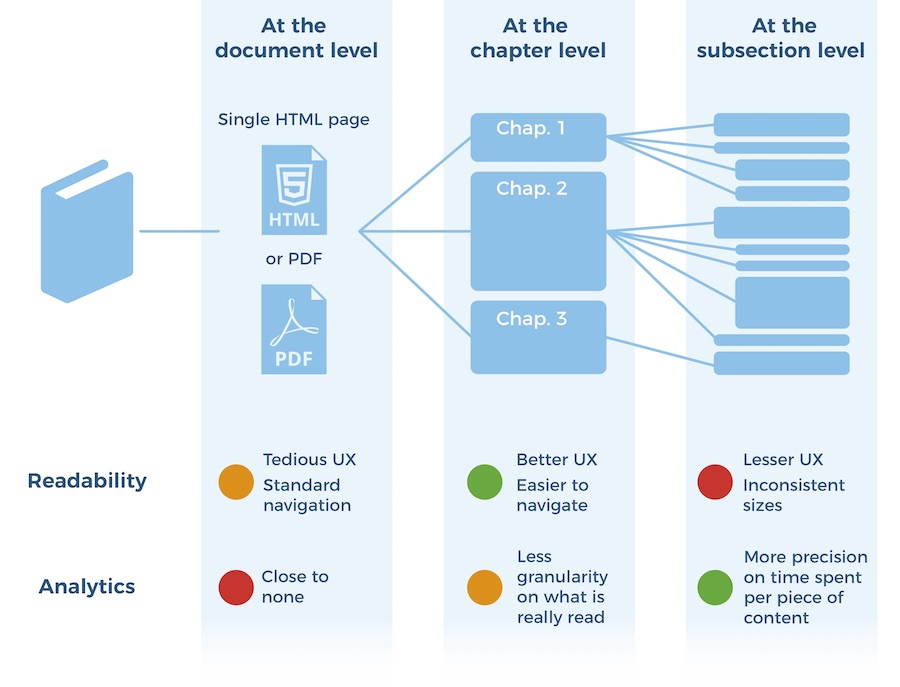
Figure 1: How content static publishing creates an unsolvable trade-off between UX readability and analytics validity
As we now understand, the move from paper manuals to PDFs to distributing information on web pages offers rather limited analytics gains, as we are still using inadequate tools. Today, with dynamic delivery platforms, the publishing of technical documentation has evolved yet again, and it has created a new opportunity to revisit how analytics for tech doc usage should be done. All too often, teams simply embrace web analytics software ill-suited to delivering strong, unbiased analytics because “we’ve always done it this way.”
It’s time to leave this thinking behind.
Next-generation content analytics
The dynamic delivery of technical content represents an inflection point for tech doc analytics.
Dynamic delivery means that documents are no longer tied to a printed page, an unchanging PDF, a web page, or any other pre-generated and static format. Instead, technical content is assembled according to the context and the profile of the user and adapted to their device. Because the application controls the rendering, documents are created on the fly by assembling fragments, and the result is a virtual web page that hides the underlying structure of content. Hence, it can be infinitely granular without impacting the user experience or overwhelming the user as thousands or tens of thousands of static web pages can.
This new mode of content delivery is an opportunity for a new approach to analytics. New measures and new ways to measure emerge as content rendering and analytics work together. For most businesses, this is the first time that they’ll gain access to analytics that don’t just state that a product was sold, a PDF was downloaded, or a web page was accessed, but explain how the content was interacted with.
Next-generation content analytics can track how long a section of text is displayed on a screen and identify what part of a technical document is most important to the user. This is now possible because the smart layer between the user and the content – the app UI that displays the content – tracks every user interaction: where users click in a document, what they open, how they navigate through a topic or guide, where they bookmark content for later review, and when that bookmarked content is revisited. When users search technical documentation, this smart layer also tracks what they search for and which search result they choose from a results page.
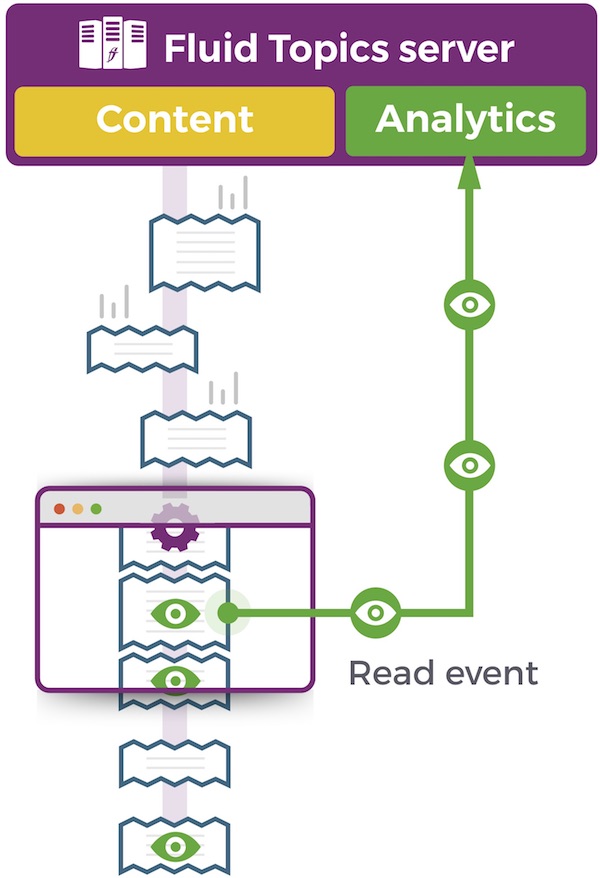
Figure 2: With dynamic delivery, the application that controls the display of content is also in charge of tracking user interactions and real content reading
Purpose-built content analytics generate the sorts of insights that tech doc teams need so that they can invest time and effort in the documentation that is going to have the greatest impact on users. Algorithms unpack patterns and trends in the data that help identify links between queries and topics.
These insights are easy to ingest too, no matter how granular the content might be. At Fluid Topics, some of our customers have more than 500,000 snippets, topics, and technical documents. Rendering each as a static web page and using a traditional web analytics platform to gather pageview metrics would be an exercise in futility as a tech doc team attempts to parse tables of half a million lines. With content analytics, on the other hand, these 500,000 elements are contextualized and synthesized, leveraging metadata and content structure, and the gathered insights are presented on simple-to-understand dashboards.
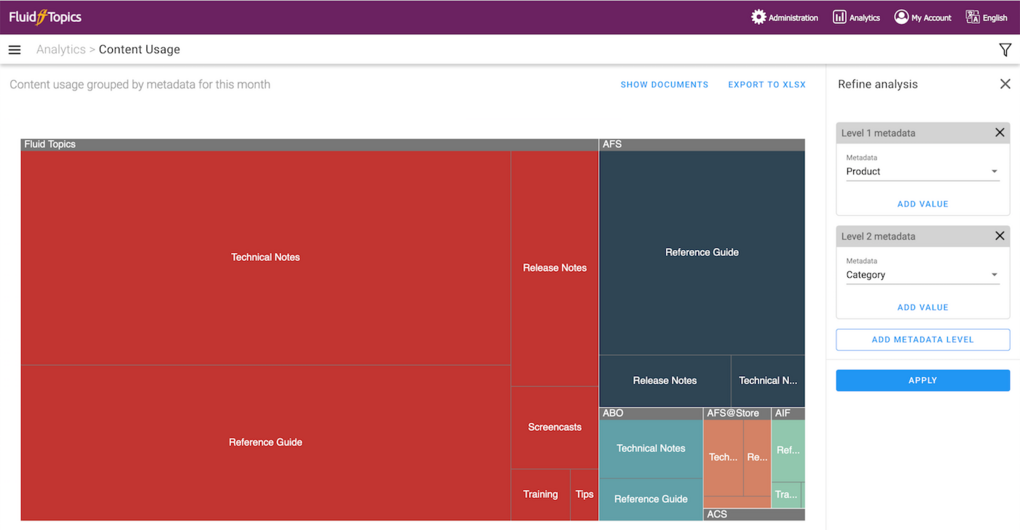
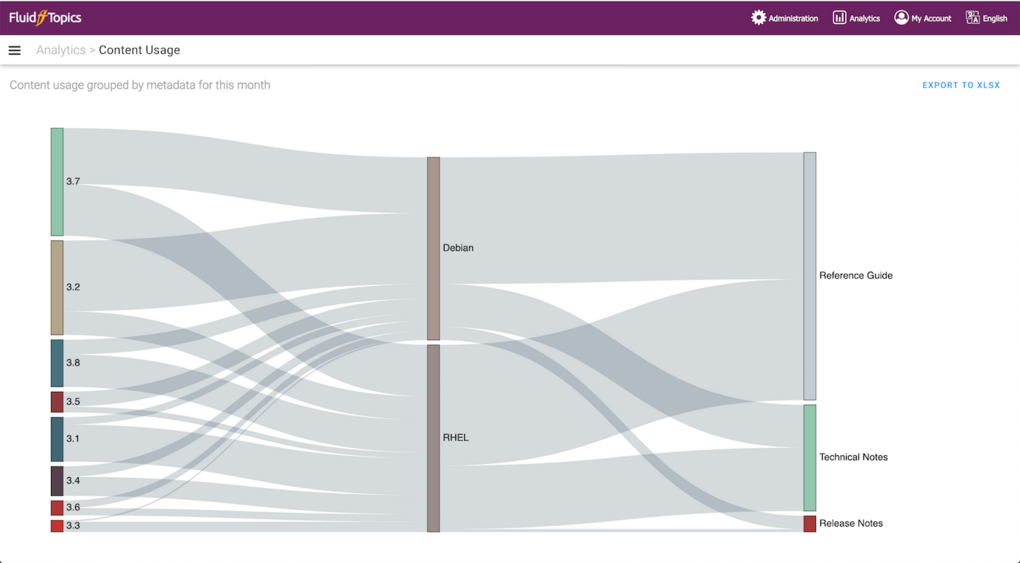
Figure 3: Purpose-built analytics leverage content organization to illustrate usage
The advantages of next-generation analytics over the “business as usual” web analytics are clear, at least for the tech doc teams in a business. But there is a tremendous value for other parts of the company that is ready to be exploited too: The same analytics platform that generates insights for tech doc teams can help in driving the transformation of the entire company.
From tracking stats to transforming business
There are dozens of ways in which next-generation content analytics can add value to a business. Four, though, stand out as particularly representative for their transformational impact.
Personalization
No other trend in the creation and consumption of content has revolutionized the field more than personalization. The personalization of search results, of store suggestions, of news content on a media site, of a video on YouTube – all of these help provide a “stickier” content environment, a better user experience, and the capacity for serving users the content and documentation that they need – perhaps even before they even know they need it.
Next-gen content analytics have the capacity to detect the patterns in the consumption of technical documentation and automatically create categories of users. These user categories can then be served content, search results, and reading suggestions that are more relevant to them. This in turn improves their engagement with a company as users are offered a truly personal interaction and service experience.
Better products
Product managerscan benefit from the insights of the next-generation analytics, too. Traditional standard analytics will tell a product manager that a particular user manual was downloaded 225 times and a troubleshooting guide 85 times. These metrics at the document level tell the product manager little about the concerns of the readers: are they trying to learn how to use a feature? Do they want to know how to fix a problem? Without opening and reading the content itself, it is impossible to know.
Next-gen analytics, however, can add meaning to these metrics and report what it was in the user manual and troubleshooting guide that caught the reader’s attention. What really drove engagement with both pieces of content might be something the product manager had not considered at all. By uncovering the interactions that users had with the technical content at a fine-grained level, identifying the search queries, and extracting the subjects talked about in these sections, the product manager is far better equipped to plan the development of the product in line with customer expectations.
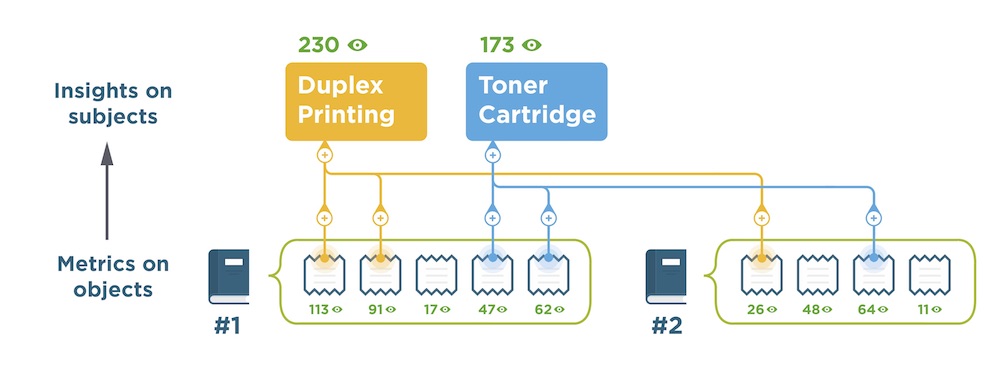
Figure 4: From objects to subjects: Coupling analytics and text-mining unveils what people read about, and creates a higher level of insights for product management
Informed customer support
When it comes to customer support, next-gen analytics can empower support teams as never before. No longer will a support agent need to inquire if a user has read the manual. Instead, he’ll have access at a glance to everything that a user has searched and read in granular detail. What’s more, the support agent will have this knowledge in real time, so if a user is directed to read part of a manual and does, he immediately knows. This means faster and smoother interactions for the support agent and more effective ones too.
On the other side of that support relationship, the benefits that flow from the analytics improve the user’s experience as well. A user who has already taken pains to solve an issue himself won’t be directed to read content or review documentation that he has already seen. Instead, the support experience will be fluid, personalized, and superior to anything that is informed by a page view coupled. Empowered support agents deliver better customer support, and customers, too, recognize the difference.
Predictive customer support
But customer support doesn’t need to stop with empowerment. Fully featured next-gen analytics can drive predictive customer support, with positive flow-on impacts for support agents and users alike. Using cutting-edge machine learning trained on and consuming real-time data, it becomes possible to identify trends and correlations in support experiences. For example, analysis of content consumption around an issue might suggest that – after a 20-minute period of reading technical documents – 85 percent of queries around a particular search term result in a call to a support line. Knowing this and coupling this insight with sales volume data and product specifications can drive proactive interactions and help predict appropriate staffing levels for support teams. It will also allow support teams to receive a real-time warning when search term volume for a particularly problematic phrase spikes. Teams are thus better prepared for the volume and the topics of the calls.
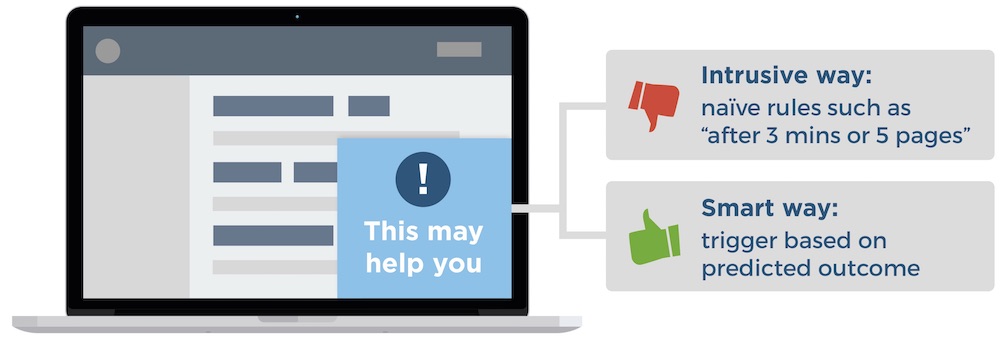
Figure 5: Proactive interactions with users must be driven by real-time monitoring
Conclusion
It’s time to reject any notion of “we’ve always done it this way” and embrace innovation in analytics.
Next-generation content analytics focus on user behavior to capture interactions with content at the finest level and derive truly valuable metrics. These metrics offer a real opportunity for businesses to transform their tech documentation into true business assets, and to transform other parts of their company as well, based on the data, insights, and analysis they empower. They can lift the value of and generate a return on the investment in technical documentation that every company makes. Just as dynamic delivery of content sets a new standard for publication and delivery, it’s time to require tech content and analytics to deliver more value and to choose solutions that support this evolution.

